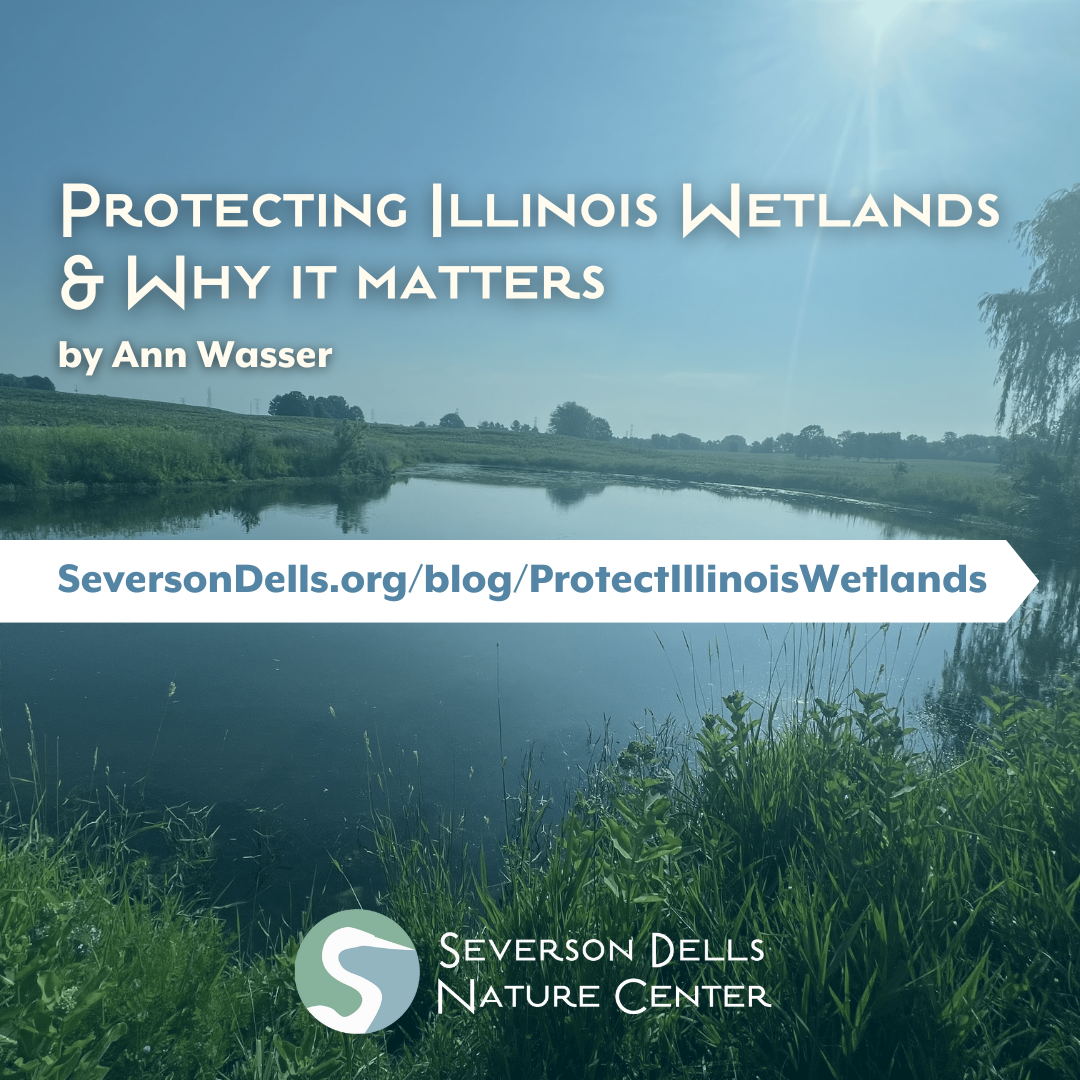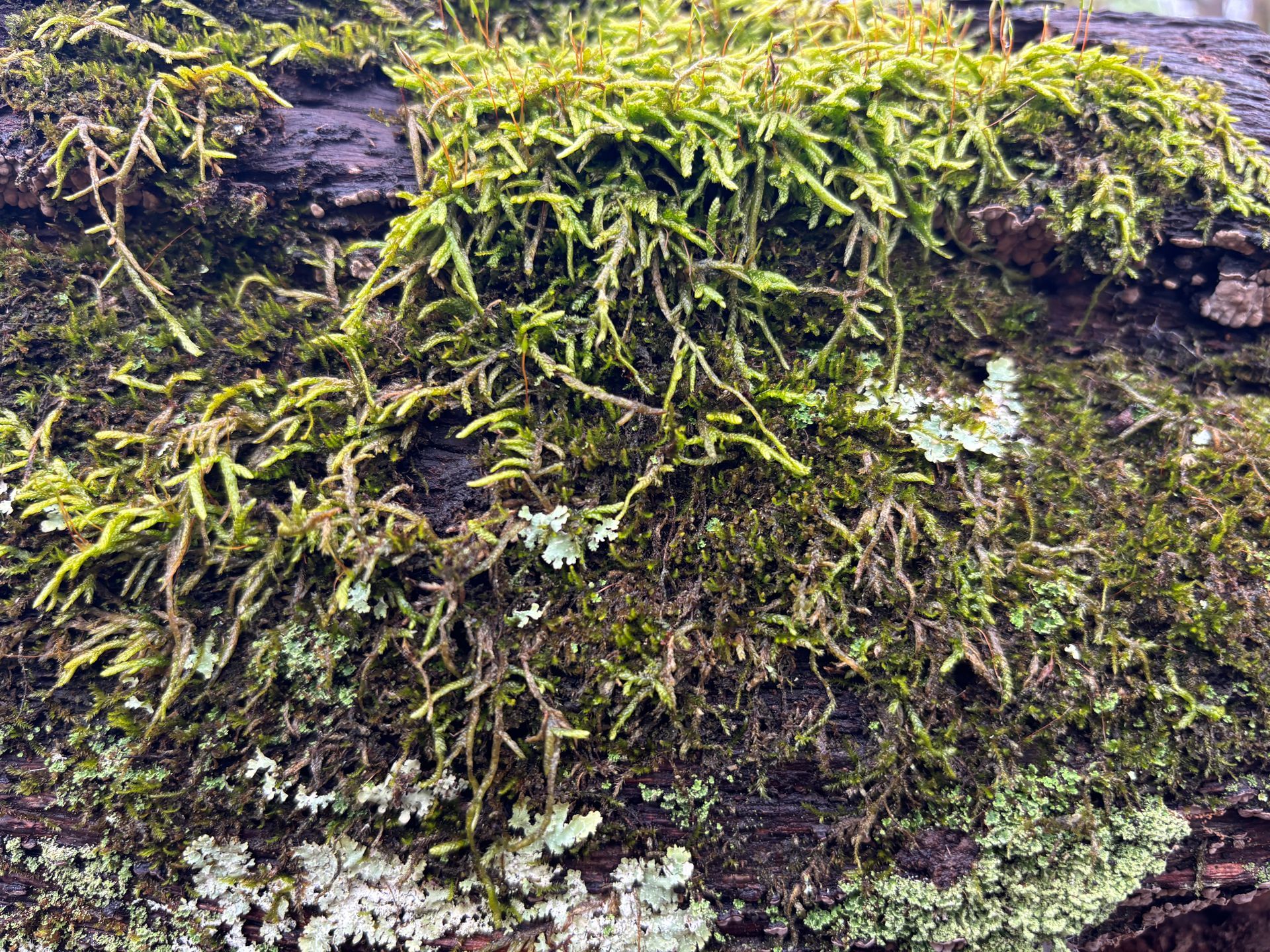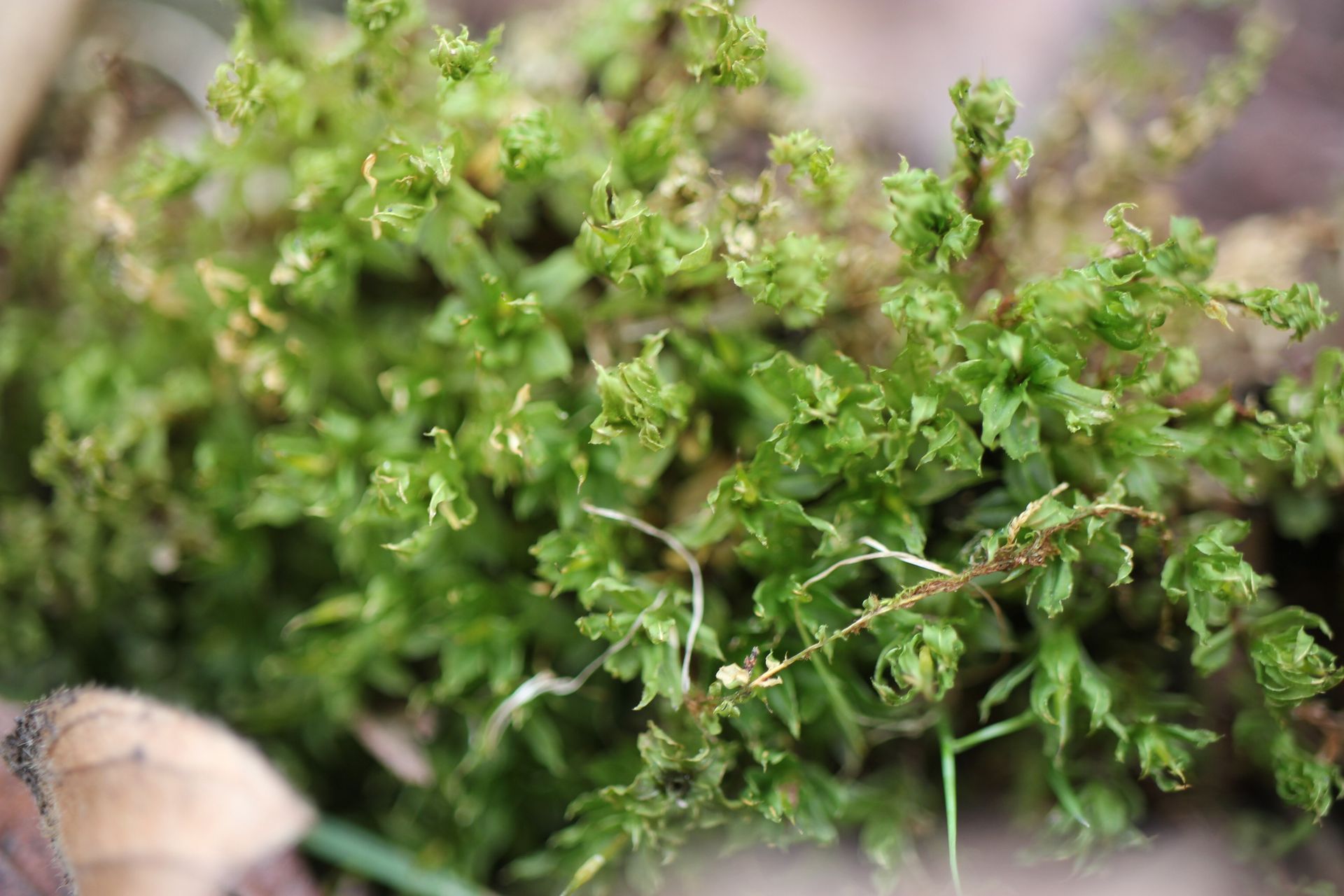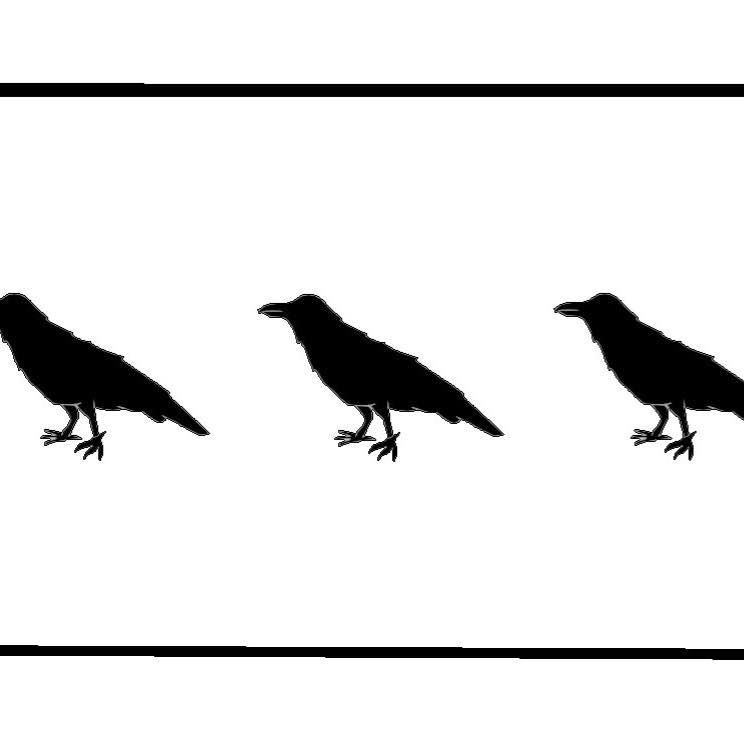FIELD NOTES BLOG
Wood Ducks
Forward:
Wood Ducks
Bruce Muench
Nov. 8, 2022
For the past twelve years I have lived in a rural subdivision in northern Illinois. Prior to moving here my family and I lived on a farm thirty miles to the east. It is an adventure on that farm that inspires me to write this brief story.
A few years after we moved onto the farm I decided to build our own farm pond. Because I am an aquatic biologist by profession and a Navy veteran, it is natural, I suppose, that being near water would be a feeling of need I might have. Also, I knew that I might obtain both financial and technical aid in this endeavor from the Department of Agriculture through the state Soil and Water Conservation Service using their Farm Pond Program. So it came about in the mid 1950‘s that our two acre pond was constructed.
What I write about here is not about the life history of this pond, but about the presence of an unusual species of waterfowl that came to frequently visit there.....the wood duck.
Waterfowl began using our pond within a short time after it filled with water. For that matter, other animals that have an affinity for water showed up also, like frogs, turtles, raccoons and crawdads. The wood duck was one of the waterfowl that we observed most frequently spending time there in all months except when ice covered the surface. Added attraction for the wood duck came, I’m sure, from the fact that our pond is situated in a thirty acre wood lot, mostly mature oak trees, which provided both food and nesting sites that attract this species. We were later to find wood duck nests as far as a quarter mile from the water.
We could not observe the surface of the pond from our farm house. It was some five hundred feet away and our large barn obstructed our view of it anyway. I found there was a way I could sneak up to the pond unobserved. I did this by coming up to the blind side of the dam and either pecking over the edge of the dam, or using my binoculars from our orchard on the north side of the pond. I made an almost daily reconnoiter of what I saw in a log book during those months when there was no ice.
Reading of the nesting habits of this duck led me to the vision of perhaps providing artificial, man-made nesting boxes at locations close to the pond where we might be able to more closely observe them. Also, I found information concerning the preferred size, heighth above the ground, surrounding vegetation and even the diameter of the entrance hole into the box. Much of this information I obtained from a national organization named Ducks Unlimited. I even purchased one of their plastic nesting boxes and installed it close to the pond.
Our two sons, Kevin and Peter, caught my enthusiasm and each built their own wooden nesting box in their high school shop class. These they hung, with an air of competition, to locations near or even within the pond itself ignoring my sage advice. The next year, Guess What! Their crude boxes were both used by nesting hens and my fancy plastic box was not.
Wood duck hens usually lay an average of a dozen eggs and incubate them for thirty days. It became a great reward for us to observe a flotilla of little ducklings following their mother around the surface of the pond each May or June. Broods of ducklings vary widely in size, all the way from five to fourteen. The largest broods being, I believe, the result of two or more hens combining their offspring.
It was a delight for us to see the flotilla of ducklings follow their mother in linear order on the pond surface. Usually you could hear her clucking orders to them as they proceeded. If we disturbed them by our presence, she would lead them helter-skelter into the nearest protective cover, which was usually the growth of cattails which appeared at that time of year around the perimeter of the pond in shallow water and a heighth of three or four feet. Being a navy veteran myself, I could appreciate this uniformity of response issued by order from their captain, their mother.
Incidentally, it is at this time of life, the first two months, that wood ducklings are most vulnerable to predation. Mortality must be high, because on our farm, such predators as raccoons, hawks and owls, are common.
At this point I must tell you of an unusual experience I had while walking down a sidewalk in a small central-IIlinois river town. Much to my surprise a tiny ball of down fell from out of an overhanging tree onto the sidewalk just five feet ahead of me. The ball was a tiny wood duck which bounced like a ping-pong, recovered its feet and hastened off ahead of me to join its siblings and its mother who were about twenty feet ahead of me waiting. They were headed for the nearby Illinois River, but they had to cross a busy street before they got there. The traffic stopped for them. I have friends who can corroborate this story.
Once when I got out of bed in the second floor room of our house, I looked out the window and there, sitting on the horizontal limb of a large maple tree was a drake wood duck looking directly at me. As I watched he waddled back and forth on the limb apparently searching for, I deduced, a nesting site for his hen. Either he couldn’t find one, or his hen didn’t like it, because he never came back. Maybe they didn’t favor my looking into their marital affairs.
As I write I must tell you I am ninety-five years old and the pond was been in existence for sixty-two years. How many baby wood ducks have been produced
there, I have no way of knowing, but I would guess more than a thousand. How many survived to adulthood, I also do not know, because juvenile mortality must be high. Maximum age of an adult is between four and ten years and a hen may have two broods in a single year. Needless to say, breeding areas such as this affords must be contributing to the overall strength of this wonderful bird’s survival in North America.
Viva La Wood Duck!
This blog post is a guest blog by Bruce Muench. If you would like to submit a guest blog, please contact Becca Rankins at becca@seversondells.org for more information.
RECENT ARTICLES































